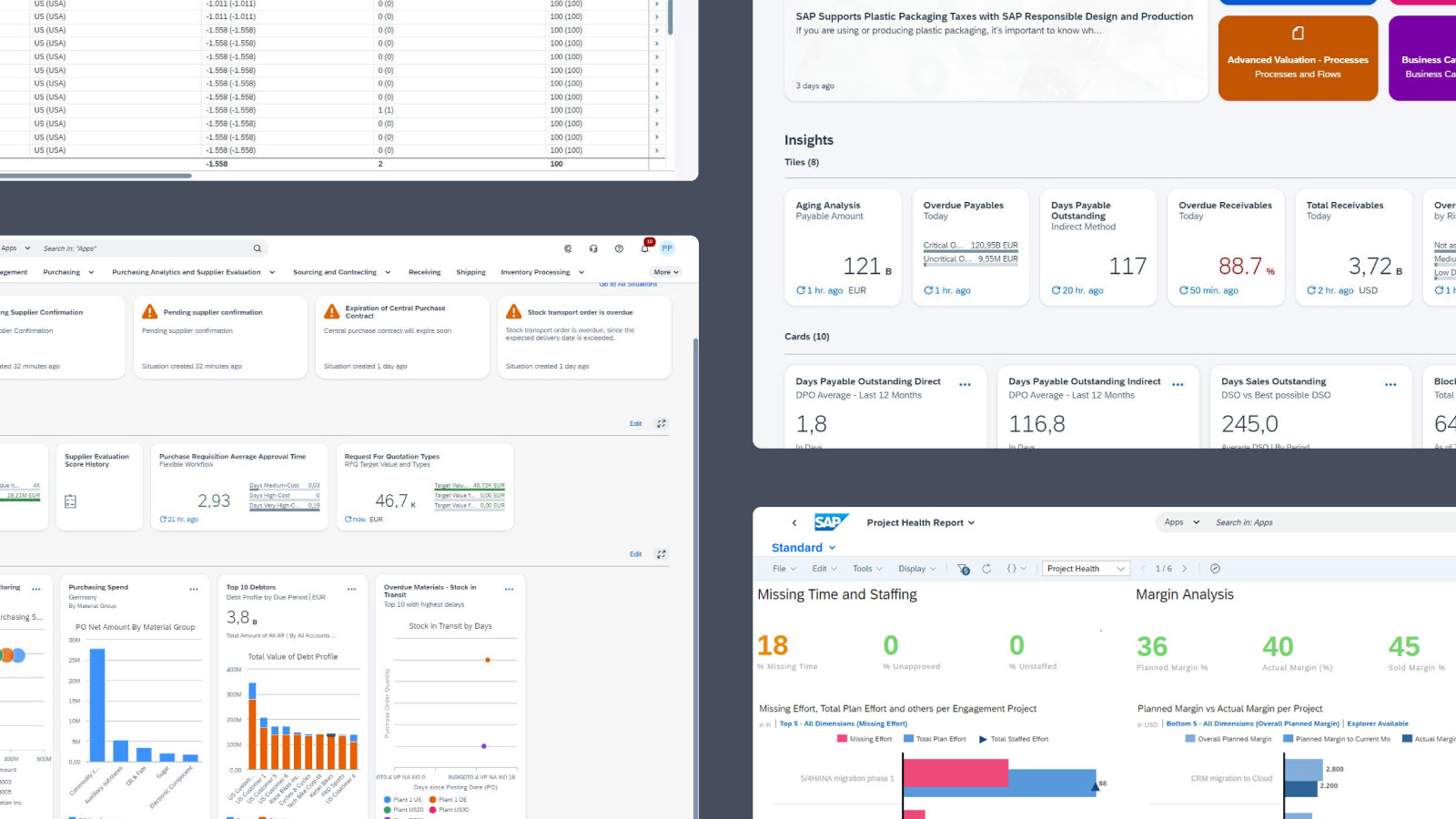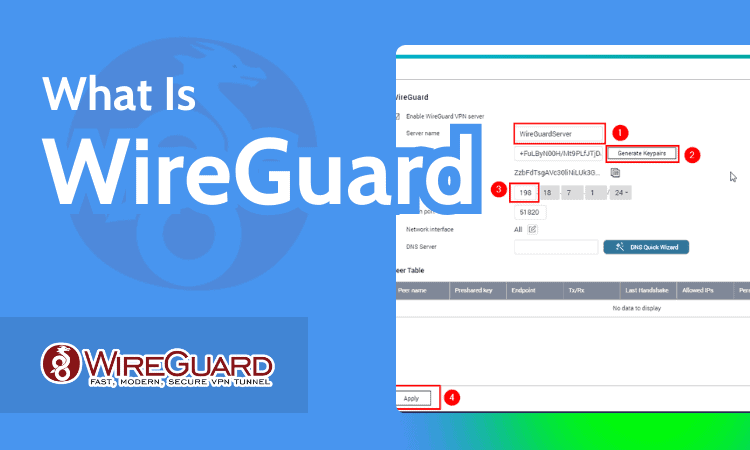Large language models (LLMs), like ChatGPT and Microsoft Copilot, have quickly transitioned from the novelty phase to widespread use across industries.
These new technologies are being utilized for various tasks such as generating customer emails, summarizing meeting notes, supplementing patient care, and offering legal analysis.
As LLMs become more prevalent in organizations, it is essential to assess where traditional business processes can be applied to monitor and ensure the accuracy of the models.
Let’s explore the role that large language model operations (LLMOps) can play in the proliferation of LLMs in business and discuss the additional challenges that LLMOps could help address.
A brief background of MLOps
Monitoring machine learning models post-production has always been a crucial aspect of the machine learning process. The field of machine learning operations (MLOps) has evolved significantly over time, with active online communities and expert practitioners.
The value and necessity of MLOps are apparent as models in production tend to degrade over time due to shifts in user behavior. Ensuring consistency in data and model quality is essential as user behavior changes. The demand for documentation and verification of model accuracy is increasing due to regulations like the EU AI Act.
Since the introduction of ChatGPT in Nov 2022, the landscape of MLOps has changed significantly. With the growing use of LLMs in businesses, the concept of LLMOps is gaining traction.
LLMs have become essential tools for professionals in various sectors, providing unparalleled capabilities in natural language understanding and content generation. The specialized operational domain of LLMOps focuses on the challenges associated with deploying and maintaining LLMs for end-users.
Navigating LLMOps: A user’s guide
LLMOps involves strategies and practices to effectively integrate LLMs into business processes. Unlike traditional MLOps, which cater to various machine learning models, LLMOps specifically addresses the intricacies of using LLMs as tools.
The core challenges of LLMOps include managing unstructured input data and mitigating the risks of misleading or inaccurate outputs, known as hallucinations.
The challenge of unstructured inputs
One of the primary obstacles in using LLMs is their reliance on vast amounts of unstructured data. The goal of LLMOps is to preprocess and structure this data effectively, ensuring the LLM can process it accurately.
Addressing output hallucinations
Another significant challenge is the potential for LLMs to generate incorrect responses, known as hallucinations. LLMOps should focus on strategies to minimize these risks, such as implementing validation layers and user feedback loops.
LLMOps vs. traditional MLOps
While LLMOps share similarities with traditional MLOps, the focus shifts towards managing user interaction with LLMs. The goal is to maintain the model’s performance and ensure it is an effective tool for its intended application.
As LLMs become more prevalent, specialized operational practices like LLMOps are crucial for harnessing the full potential of these models. Adapting to LLMOps is not just an operational upgrade but a strategic necessity for organizations looking to leverage the power of LLMs.
Read: Generative AI and Large Language Models Demystified





















